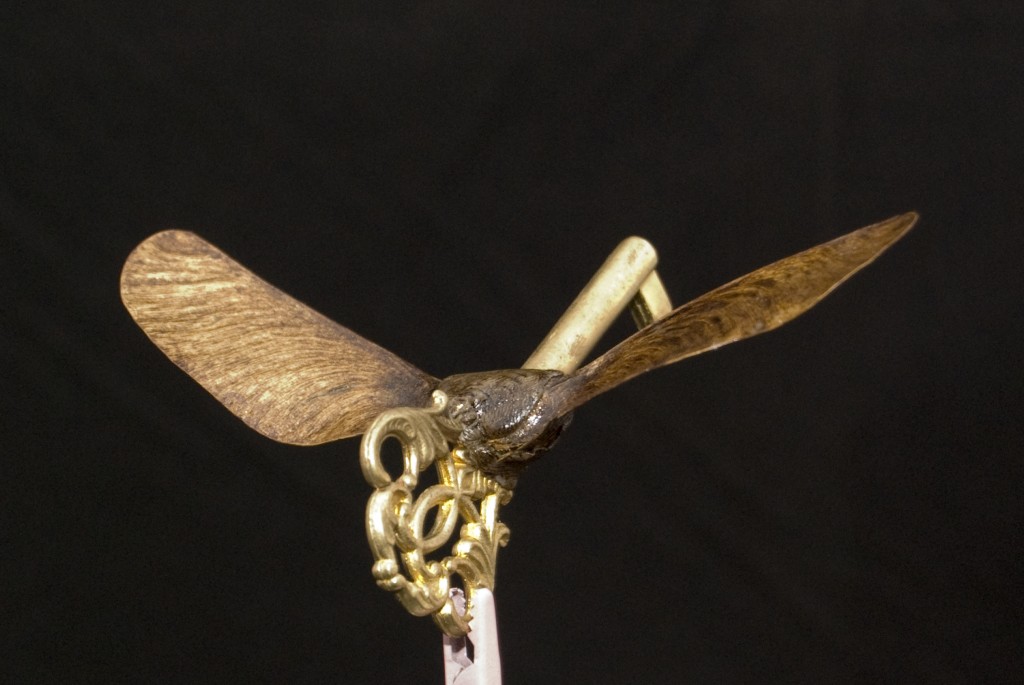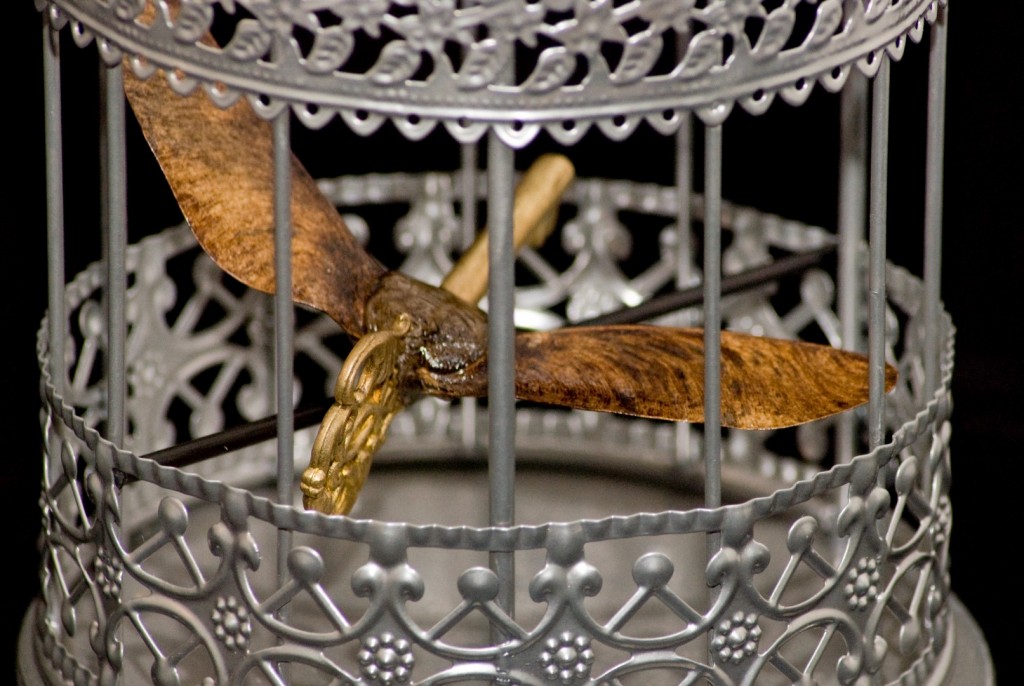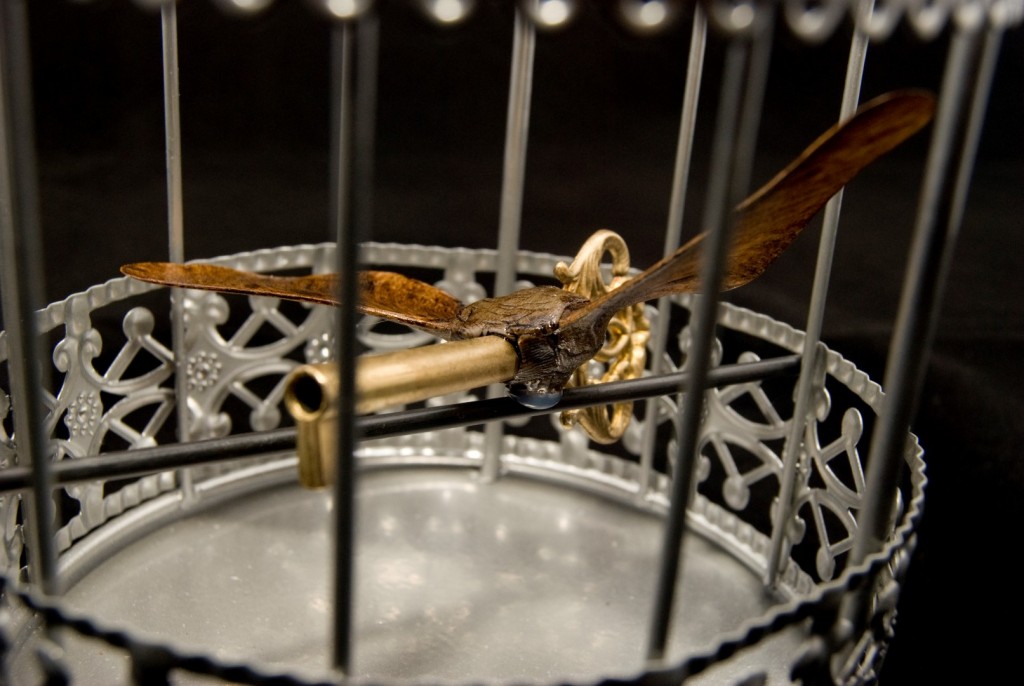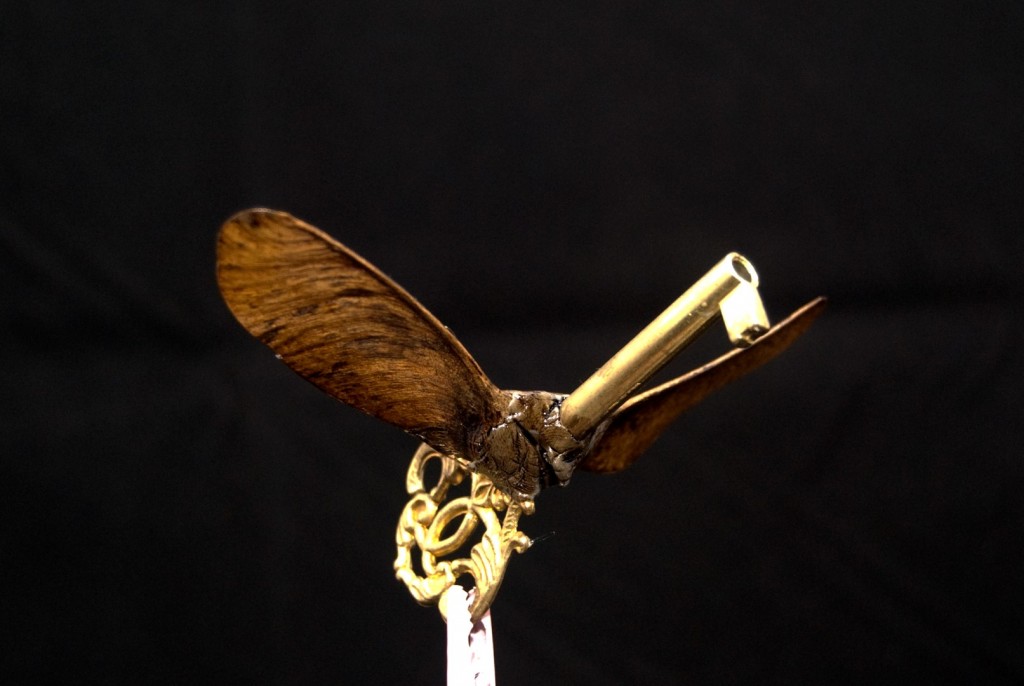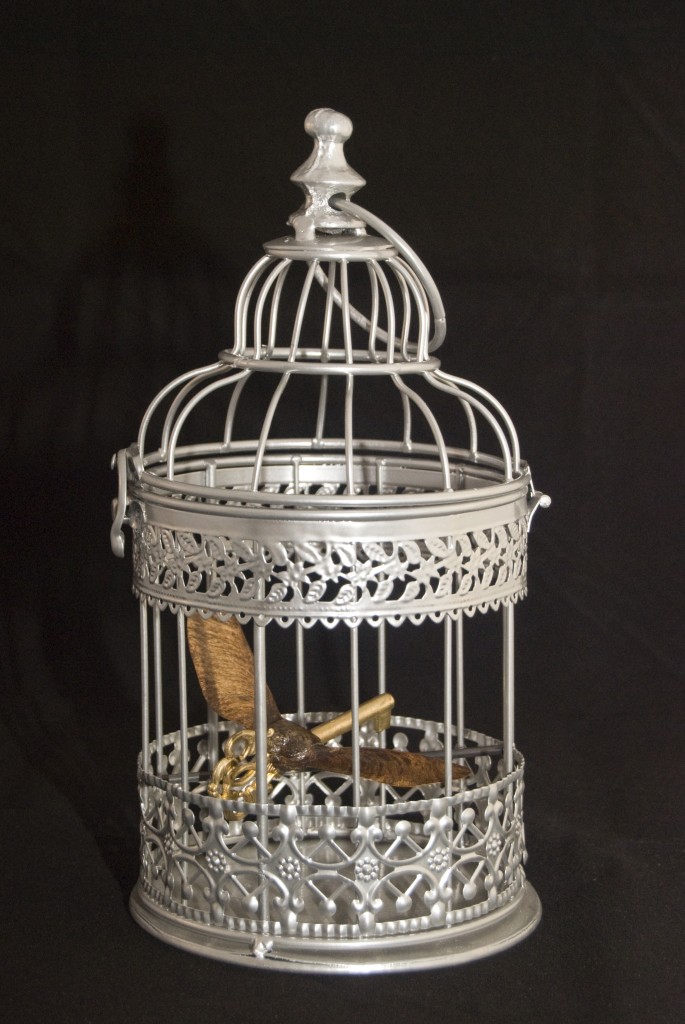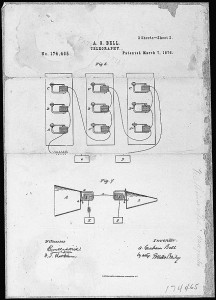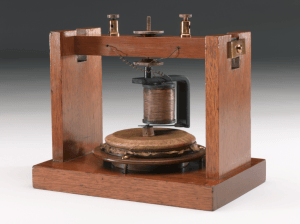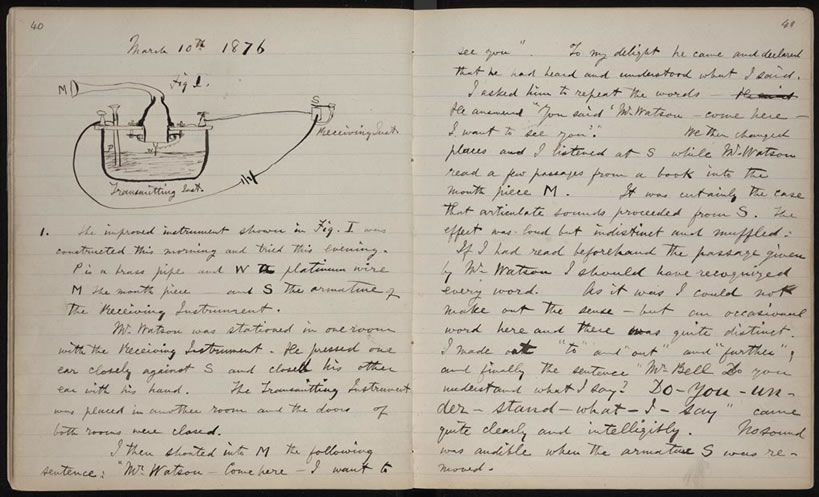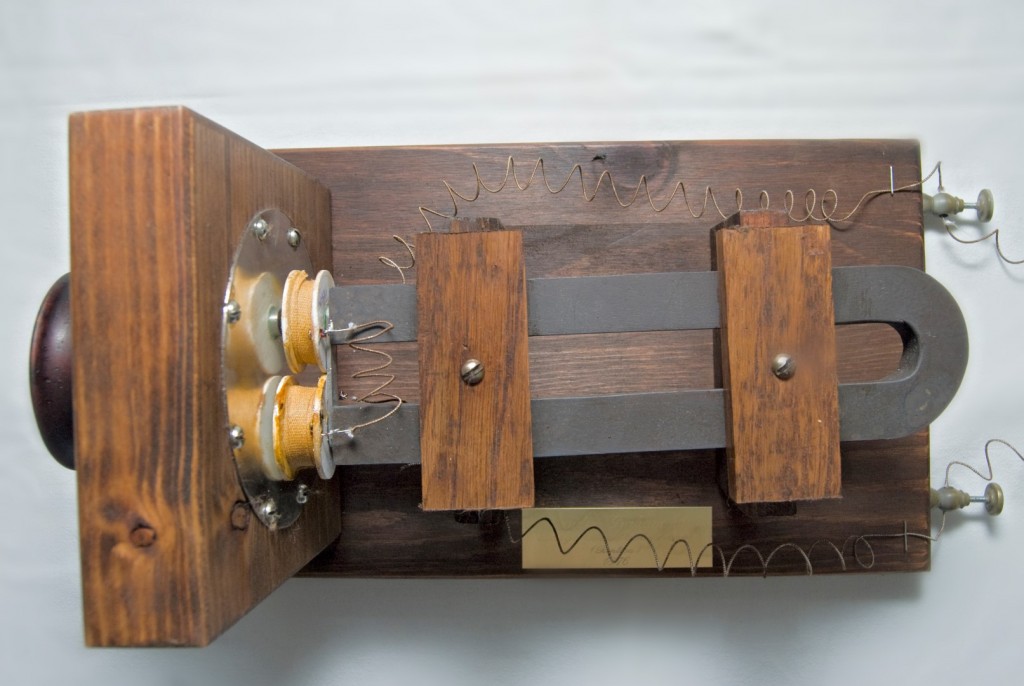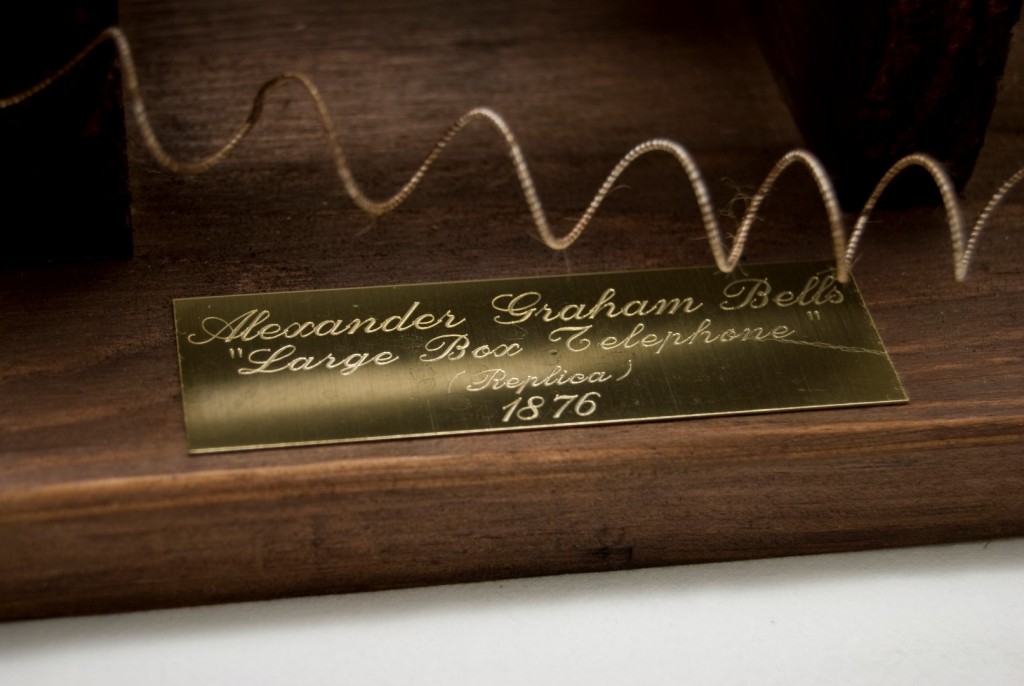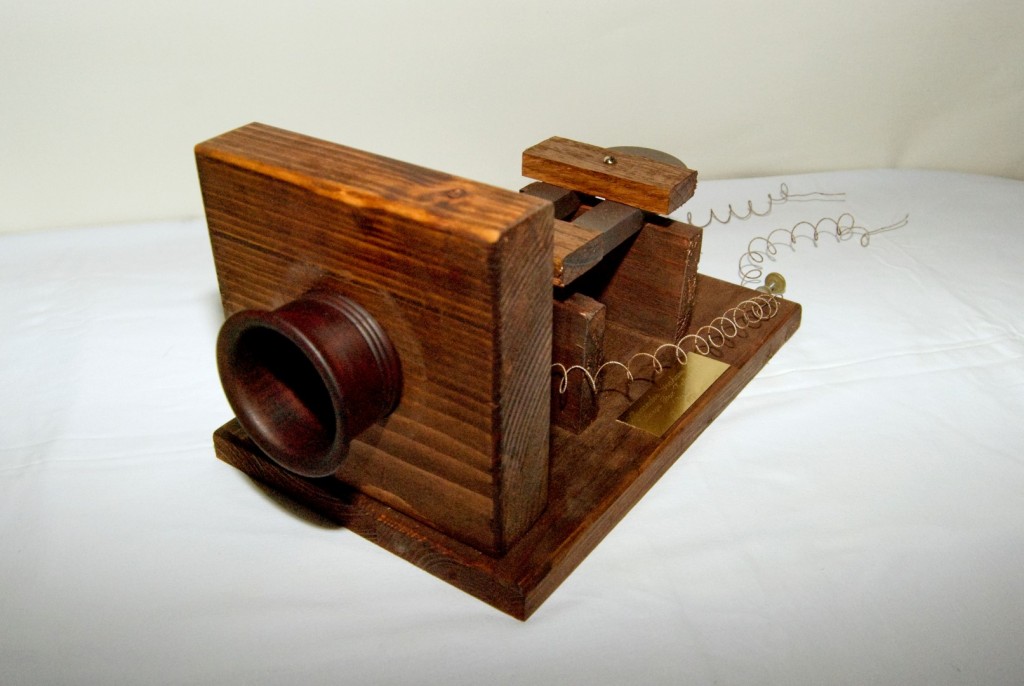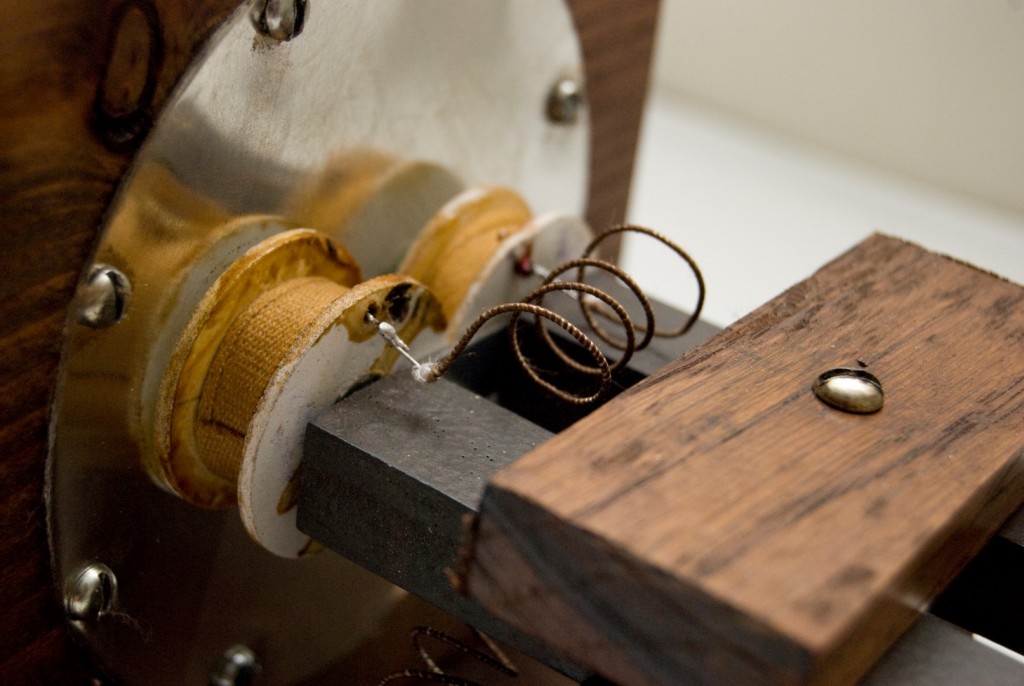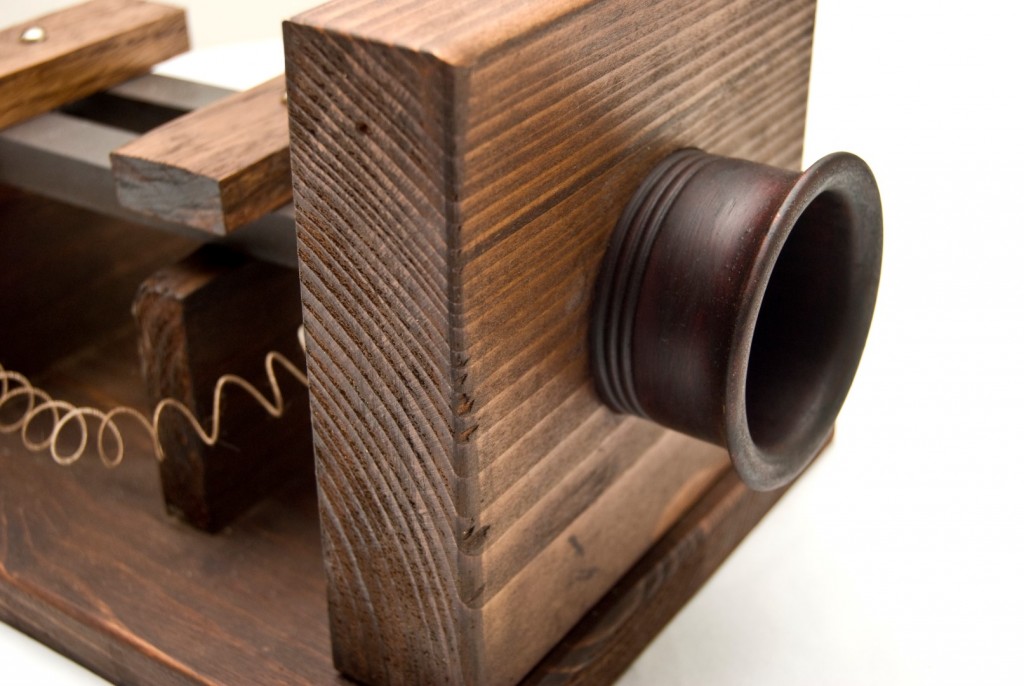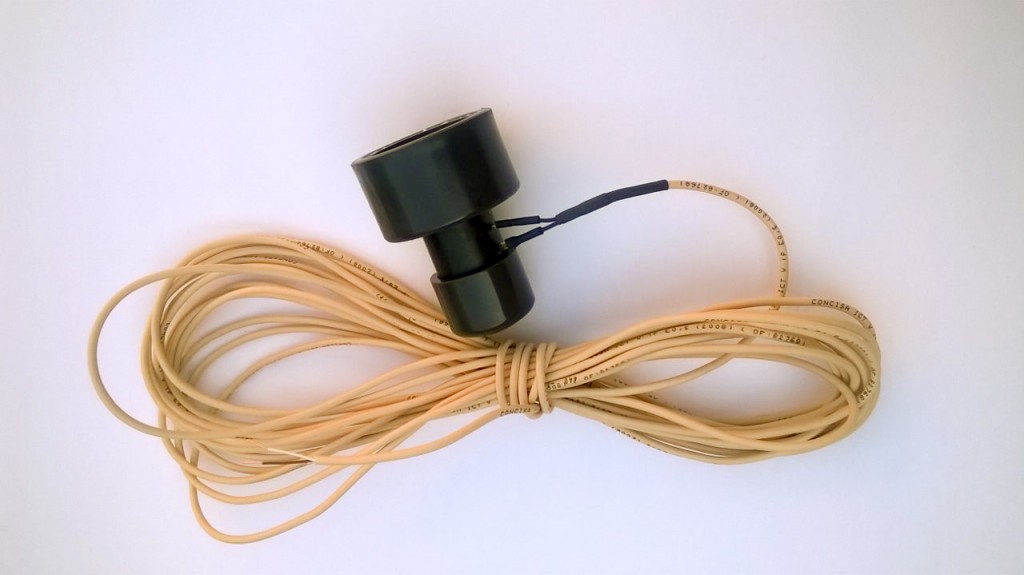Caliphic art is one of the stages of development of Islamic art in Al-Andalus, and passes between the 8th and 10th centuries, (beginning of the Taifa Kingdoms).
Andalusí Muslim art developed according to religious canons and oriental influences, adapting many times to pre-Muslim architectural and decorative techniques or motifs.
In Cordoba, capital of the caliphate created by Abderramán III in 929, there are some of the most representative buildings of this stage. The Mezquita and Medina Azahara. (Madinat al-Zahra).
Madinat al-Zahra was a city created on the outskirts of Cordoba (about 8 km in the direction of Sierra Morena), which stood out for the luxury with which it was built although it had a brief existence.
The archaeological site of Medina Azahara has been declared monument of cultural interest since 1923. On January 27, 2015, Madinat al-Zahra was inscribed on the Indicative List of Spain of the World Heritage Site, category of cultural property (No. ref 5978).
On January 12, 2017, the final document of the candidacy was registered to be part of the World Heritage List.
As part of the items on sale in his museum, we have made reproductions of two elements representative of the art (and craftsmanship) of the site.
“Ataurique. House of Ya’far.”

Detail of a board with decoration of ataurique – decorative vegetal motif, typical of Islamic art, created from the stylization of leaves and fruits – located in the span of the facade of the house of Ya’far, prime minister of al-Hakam II from the year 350 (AD 961)
Reproduction made in aged resin, on velvet and frame to hang.




This wall rises on the eastern side of the patio that precedes the official or working area of the dwelling, constituting the monumental facade of it.
“Casket of Princess Wallada”

This ivory chest includes a dedication to a member of the Umayyad family, the main recipient of these luxury objects destined for high dignitaries and foreign ambassadors. Held in Caliph’s workshops, this chest dedicated to Wallada, sister of al-Hakam II, is one of only two pieces in whose inscription it is said that they were made in Madinat al-Zahra:
“In the name of God, blessing of God, rejoicing, happiness and joy for Sister Wallada for what was done in Madinat al-Zahra in 355 AD 966”
The box that is currently exhibited in the museum is a careful replica, since the original belongs to the Foundation Institute Valencia Don Juan.
Our reproduction is built in a smaller size, since it is conceived to be sold as souvenir in the museums store, although conserving the essence of the original one. Made in resin with marble load.
Both pieces are on sale in the museum’s physical store in the Madinat Al-Zahra Archaeological site.
More information:
https://es.wikipedia.org/wiki/Arte_emiral_y_califal







